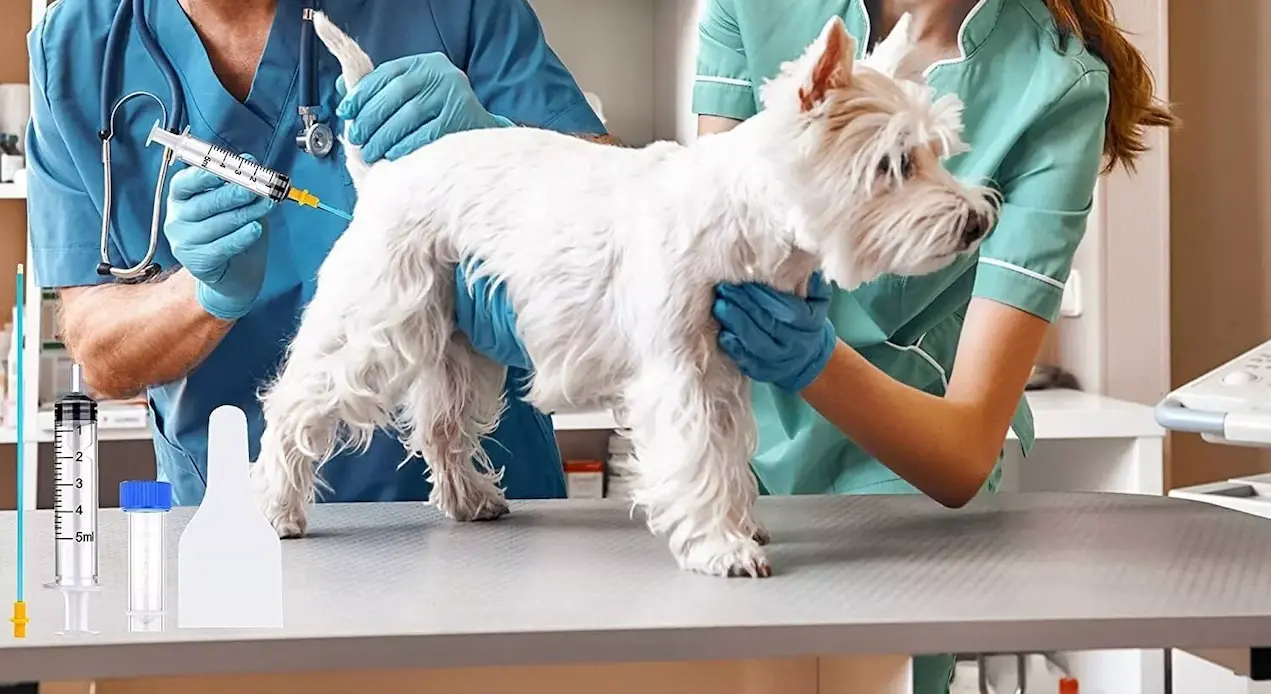Many, many years ago, scientists tried to freeze dogs’ semen. It was so long ago that it is even hard to imagine that even at that time as early as 16th century people were thinking about something that has been perfected today. During the last century the brightest veterinarian minds of the planet had been working on techniques of not only collecting and preserving sperm of dogs but also of possible ways of using it in the most effective way.
Around 20 years ago we at Trade Kennels came across artificial insemination. At that time it was only a small stud place with a couple of stud dogs and a dozen of broods. We saw how effective it was and how much less stress it was for the females when it came to the time of mating. Before you would try to count the days, to nearly guess the time of mating, then if you have the dog arond the yard, try mating then every day, basically only wasting your time, wearing out the dogs and hoping to get pups. No one says it did not work! It worked in around 70 cases out of 100 if the dog did not have fertility problems. The technology available at the moment is absolutely amazing and it has progressed enormously since.
First of all, the testing is based now on proper count of progesterone hormone that causes ovalution. It can easily happen that she does not ovulate at all or she does not ovulate this time, it is not her proper cycle and there is no need to mate, probably saving you travelling time and expenses if you do not have the dog, the semen if it is an import or just your own time, you devote to two animals while they are trying to mate. The testing is crucial.
Every practice has worked out its own ranges and routine operations for matings. At Trade Genetics we start mating at around 20 ng/ml but we achieved really good conception rates with implants at as high as 25ng/ml (Immulite). There is no definite route how to do it and when to do it. Every dog is different: for one bitch only two blood tests are needed, while the other one is not ovulating for two weeks but then ready for the mating straight away. There is a technology available to detect it and not to mate in the dark any more.
